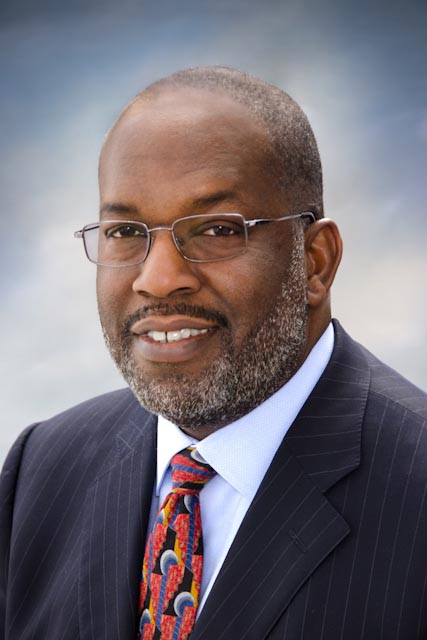Guest post by Bernard J. Tyson
The age of mobile has arrived. A recent Pew Research Center report found that more than four in 10 American adults now own a smartphone, and one in five owns a tablet. People are connected to the Web wherever they are and whenever they want information. They are using their mobile devices to manage their workload and family calendars, pay their bills, and find the nearest Starbucks. It doesn’t stop there. Mobile technology and the demand for instant information are also changing how consumers engage with their health care providers.
Historically, health care in America has been based on a paper system. Access to medical records in a paper-based system is disconnected, with providers unaware of other caregivers and treatments. Patients schedule appointments and visit the physician’s office or laboratory. Providers write prescriptions out for patients to hand-deliver to the pharmacy and then wait for them to be filled. Patients received their lab results through the mail several days after testing or required a follow-up visit to obtain results.
Technology is changing this paradigm and creating what we at Kaiser Permanente call connected care. This means that all the patient’s providers have access to the same health care records and information is available around the clock. Patients can access their full medical records electronically anytime, viewing all medications, lab results, office visits, and more. They even have direct access to their physicians through e-mail. Patients can connect to health information 24/7 and manage their health care when it’s convenient to them instead of having to wait for an appointment. And it is safer and more secure.
When you think about quality, think about your last flight. Safety is a given no matter which airline you are flying. Health care should be the same. Regardless of which facility or provider you visit, you should expect the same level of high quality care. From electronic clinical libraries that give providers real-time access to research, best practices and proven protocols to Web-based systems that allow providers to access patient medical records and manage prescriptions electronically versus manually – technology is key to ensuring consistent quality of care.
Above all, technology is making care accessible. Instead of the current model of one patient accessing one provider at a time, people can access their care whenever and wherever they need it. At Kaiser Permanente, our 9 million members can use their smartphone to manage their appointments, order prescription refills and communicate with their doctor from the living room, office, baseball field or beach. In essence, the new waiting room is anywhere the patient wants it to be.
This “virtual” waiting room not only saves time, but money, as patients can sometimes avoid office visits and the related co-pays. In short, better, more connected care can also be cost-effective.
Our research shows that members are embracing connected care. In one year, 12 million emails were sent to physicians, and members made 104 million visits to Kaiser Permanente’s Web platform (up more than 20 percent from the year prior). Nearly 30 million lab tests were viewed online and 132 million prescriptions were checked for potential interactions and allergies. Plus, 100 percent of patients with targeted chronic conditions are tracked for care gaps.
I have often said that the future of health care is dependent on providers’ ability to live up to three major commitments: care must be high quality, care must be accessible, and care must be affordable. Connected care is all three, and technology is helping us get there.
Bernard J. Tyson is president and chief operating officer of Kaiser Foundation Hospitals and Health Plan, Inc.
—
Your Turn
We would love to hear from you. Do you have access to your medical records? Do you have direct access to your physician through email? What are your thoughts on digital technology and health care? Is technology making health care easier? More accessible? Please share your thoughts and insights in the comment section below.
As always thank you for your valuable time.
Connect with me | Stay in touch

